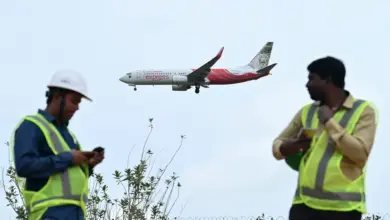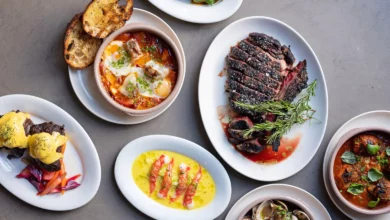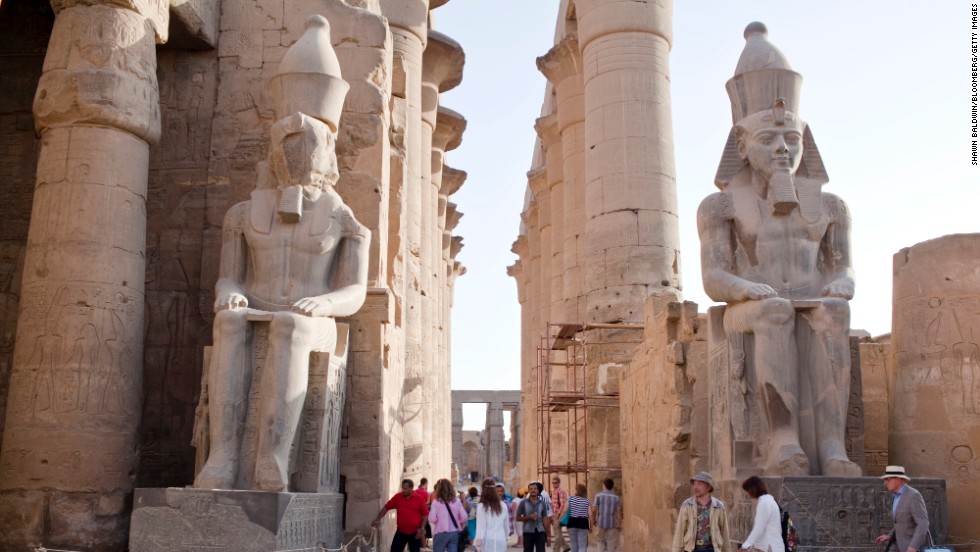It’s no secret that Egypt abounds in incredible touristic opportunities: majestic monuments, spectacular deserts, wide stretches of beaches, and much more. But what if you want to get out of Cairo for the weekend and, for once, you’re just not that excited about the prospect of trekking in the White Desert, hiking around Luxor, or scuba diving in Sinai? What if you’re more interested in, say, taking a walk around some decaying colonial architecture, breathing some fresh air, eating fish, drinking coffee, and not doing much else?
That’s what lured us to Port Said.
This small city at the Mediterranean entrance to the Suez Canal has a population of a little more than half a million. It was founded in 1859 with the creation of the canal and is named after Said Pasha, the Ottoman viceroy of Egypt who initiated the canal’s construction. Today, the canal and the remnants of the colonial city that sprung up around it remain Port Said’s main attractions.
I visited Port Said for a short trip last week with my girlfriend who was visiting Egypt for the first time. After almost two weeks of the Egyptian museum, the Giza Pyramids, and the other highlights of Cairo tourism, she was excited to go to a town that warranted only a single page in the Lonely Planet. And so was I.
Port Said is easy to get to from Cairo. Buses leave Turgoman bus station in Bulaq once an hour starting at 8:30 AM and the trip, which costs LE33, takes about three hours, depending, of course, on traffic. So it’s entirely possible to wake up on a Friday morning, decide you need to get out of Cairo for the weekend, and be eating grilled squid and looking at the canal by lunchtime.
Our bus arrived in Port Said at around 1:00PM and we promptly took one of Port Said’s blue and white taxis to Hotel de la Poste, a big white hotel on Gomhurriya Street, the main drag in Port Said’s small downtown. Like the city of Port Said, Hotel de la Poste has seen better days. With its white façade and a balcony in front of every window, it is clear that the hotel was at one time a grand colonial institution. Today it features rooms that are clean and reasonably sized, if a bit shabby, though the reasonable prices make up for this (LE95 for a room with a balcony or LE82 for one without).
Shortly after checking in, we decided it was time for lunch. Port Said has a reputation for great seafood and, indeed, eating fish was the recurring theme of our short trip to the canal city. For three meals in a row we ate seafood, and each time it was spectacularly good. Even an otherwise decidedly mediocre Chinese restaurant served some of the best crabs I’ve ever eaten.
For lunch we went to a restaurant recommended by our hotel clerk: El-Borg, a Port Said institution, serves standard, but impeccable seafood fare. We ate grilled prawns, a fried snapper, and an array of salads as we sat facing the Mediterranean, which allowed us to admire massive cargo ships anchored a few kilometers in the distance waiting to enter the canal. (Lunch for two came to LE115.) After lunch, we decided to engage in Port Said’s second most notable activity: strolling. We walked toward the canal along the sandy beach littered with shells–and garbage. Fisherman waded in the surf with nets and a handful of huts along the beach offered chairs for rental.We passed on the chairs and continued walking down to the raised promenade that runs along the canal and Filisteen Street, the second main street in downtown Port Said.
On our right small and medium-sized boats floated around the canal (real commercial carriers have been diverted to a larger by-pass about 15km from town). On our left were old buildings with signs advertising maritime businesses, some looking as though they hadn’t changed in 50 or 60 years.
The colonial architecture is part of what makes Port Said such a pleasant town for strolling. When European engineers were building the canal in the 19th century, they created a town to suit their continental tastes. As a result, Port Said is filled with intricate wooden balconies that hang over old wooden doors and faded pastel facades. Though many of the buildings have been torn down and replaced with standard concrete and glass, the remaining ones leave Port Said with an appealing colonial atmosphere.
At the end of the promenade we came to the ferry that runs constantly between Port Said and its sister city, Port Fouad. The ferry is free and, in a town with few actual activities for visitors, it seemed worth taking the ten-minute ride just for the chance to be on a boat on the Suez Canal. It isn’t exactly romantic, but it affords a nice view of Port Said’s iconic green domed Suez Canal House. We liked the ferry so much we took it twice.
After a quick wander around Port Fouad taking in its French villas and Art Deco apartment buildings, we were ready for a beer. We stopped by Cecil, one of Port Said’s few bars, a standard baladi bar with a fluorescent green interior and aged waiter serving Stella and local liquor. There we met Ben, an Irish sailor who has been living in Port Said for 12 years. With his garbled accent and anchor tattoo on his forearm, he reminded us that Port Said is still, at its heart, a town built around the movement of huge ships between the Mediterranean Sea and the Indian Ocean. But for us, it was just a nice place for a weekend getaway.
We finished our beers and headed back to Hotel de la Poste for a quick rest before another delicious seafood meal. The sun had set and within half a day we had done pretty much all there was to do in Port Said, but that was fine with us. After a few more walks and a few more fish we’d be back in Cairo where there are plenty more tourist attractions.




